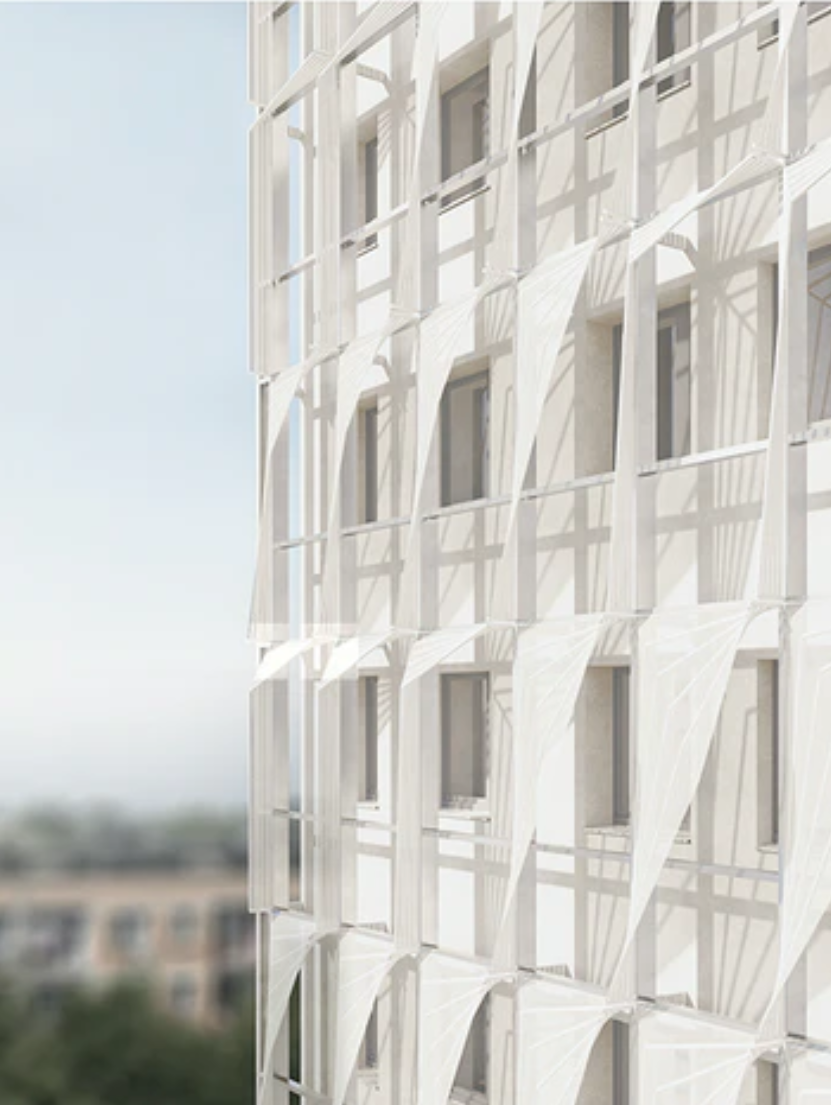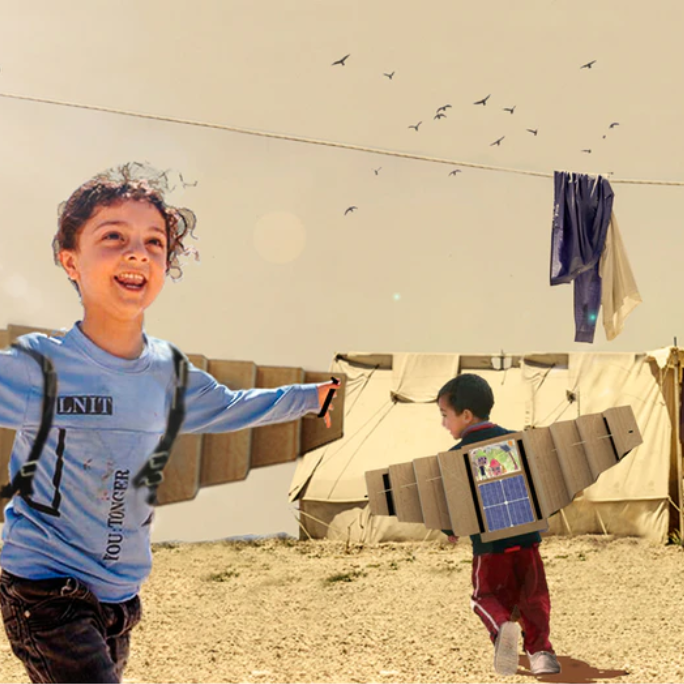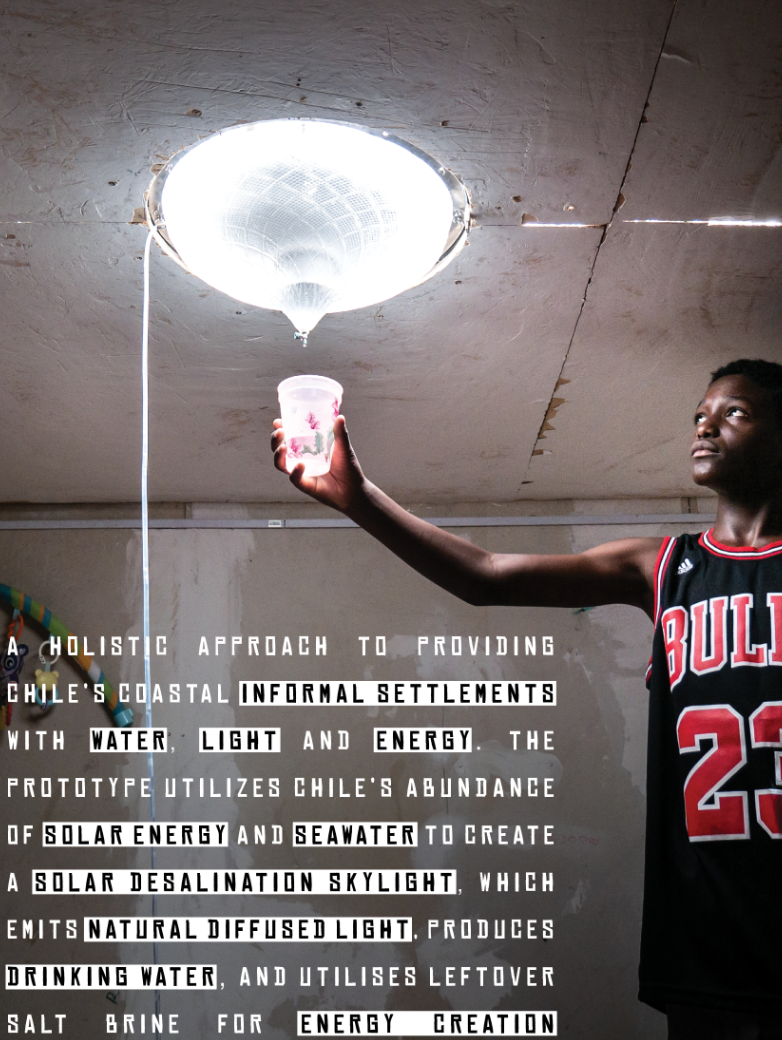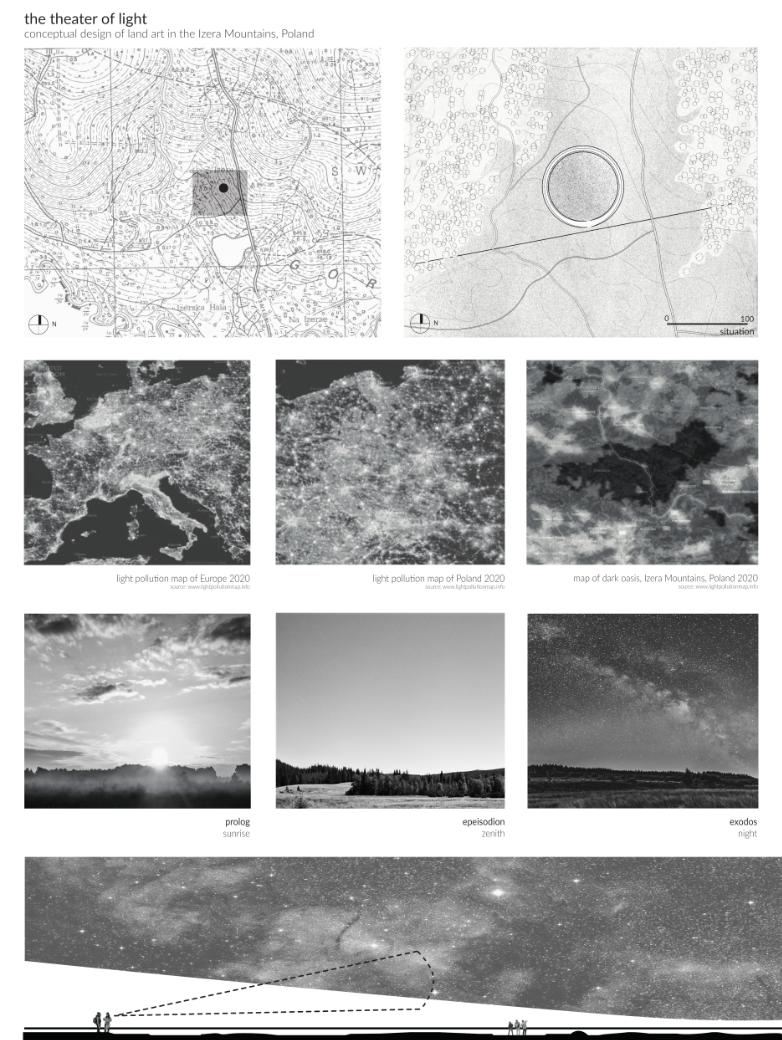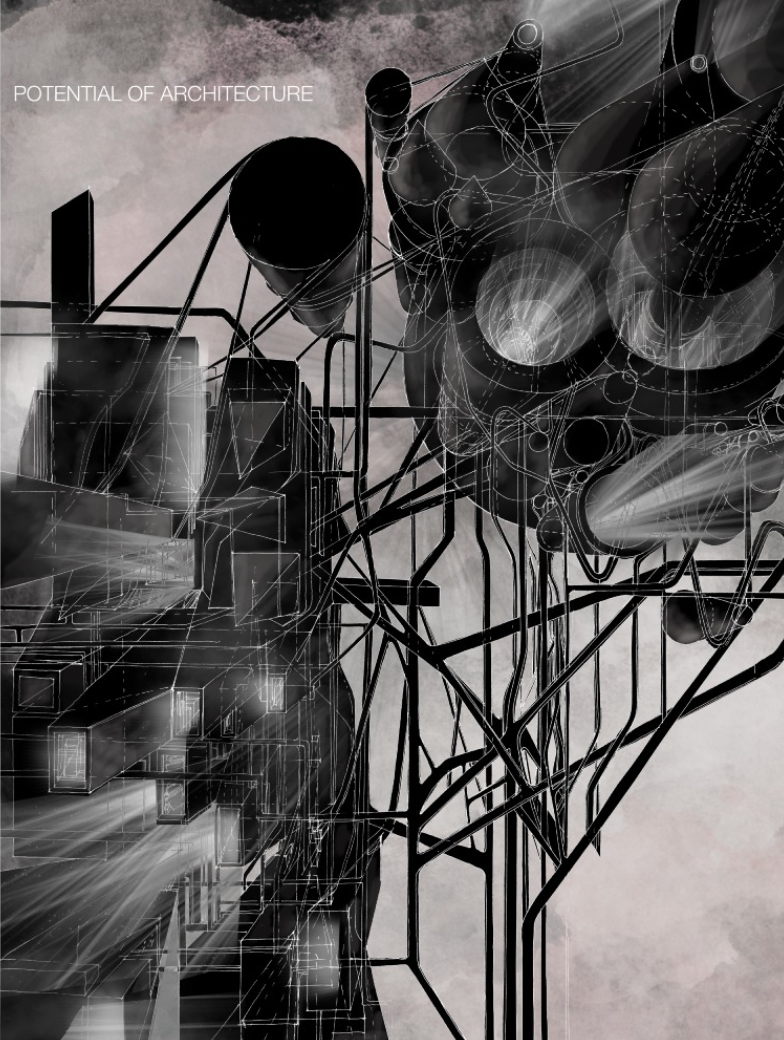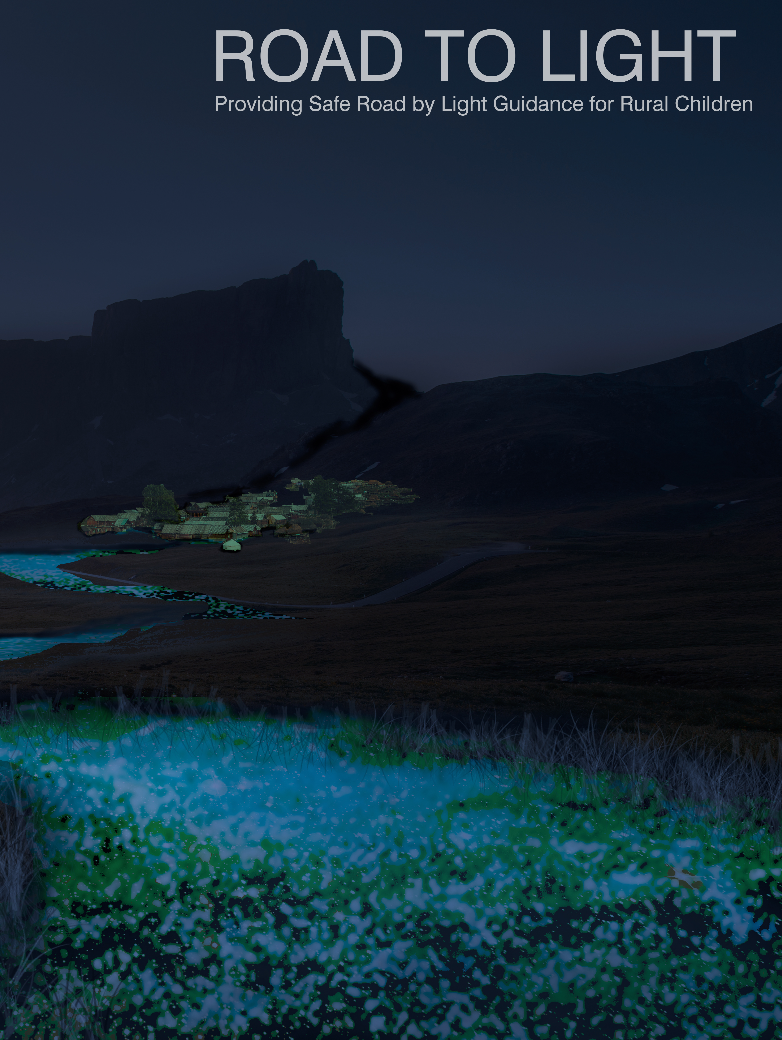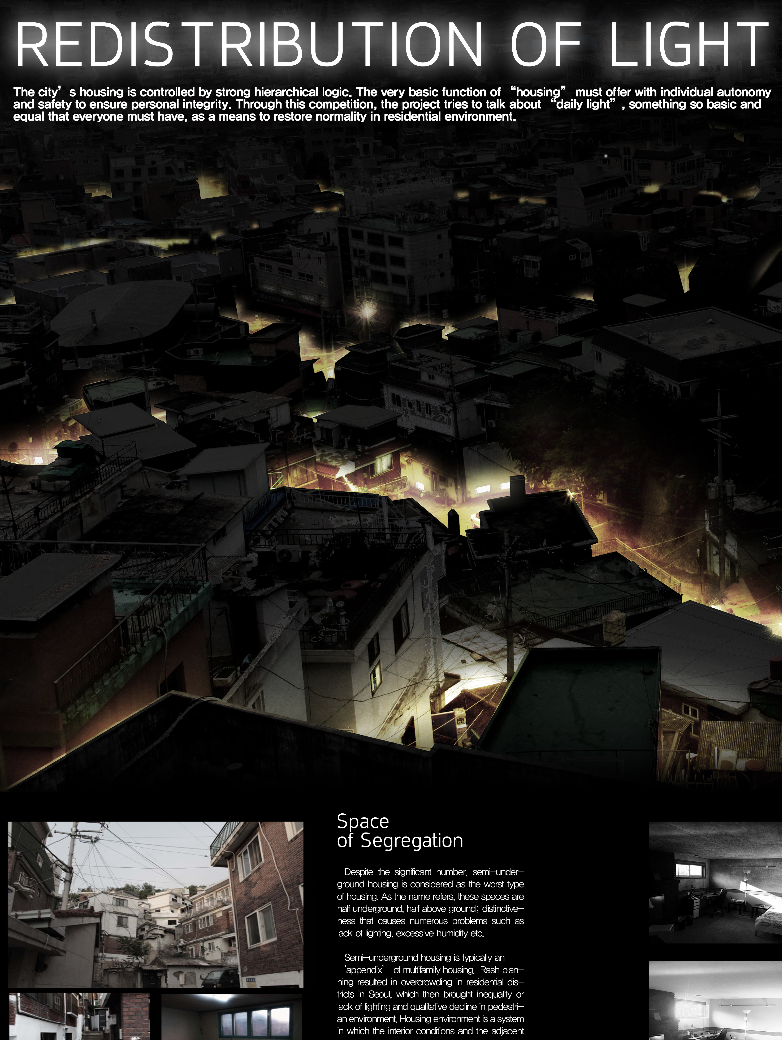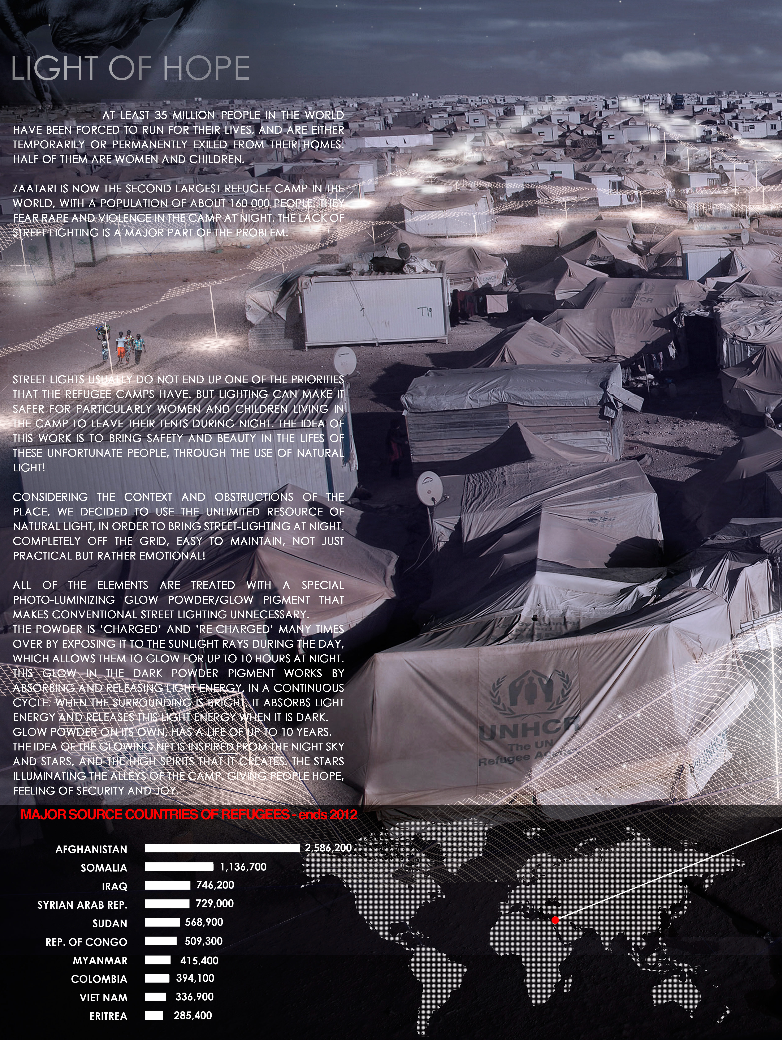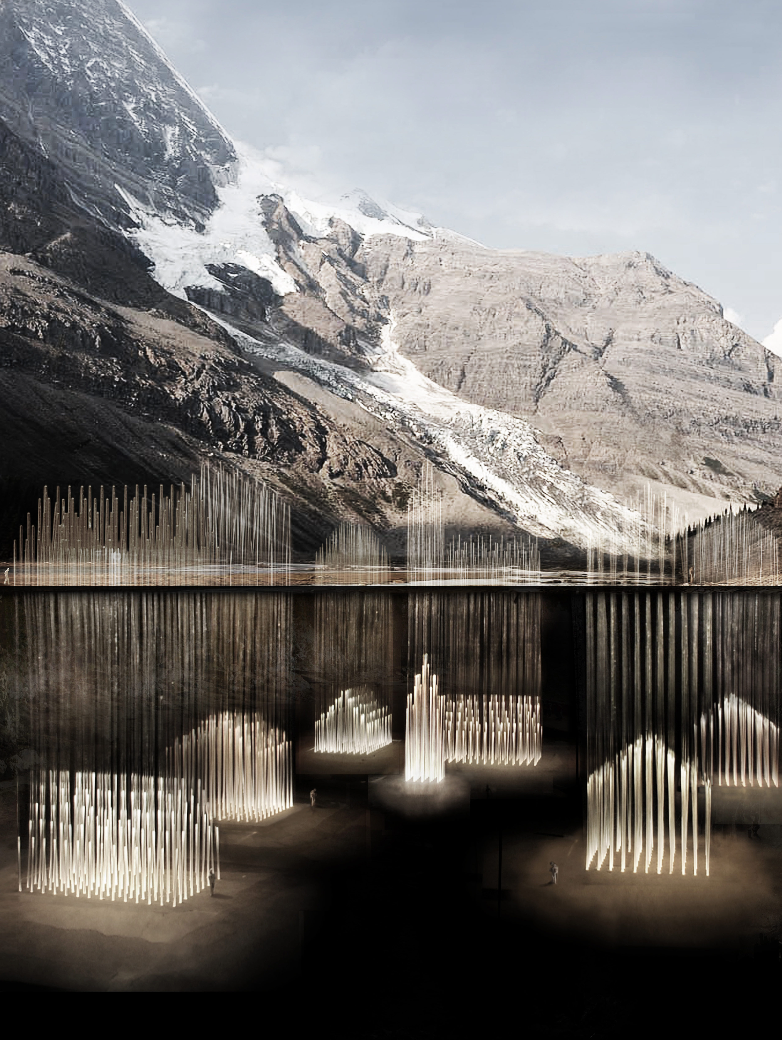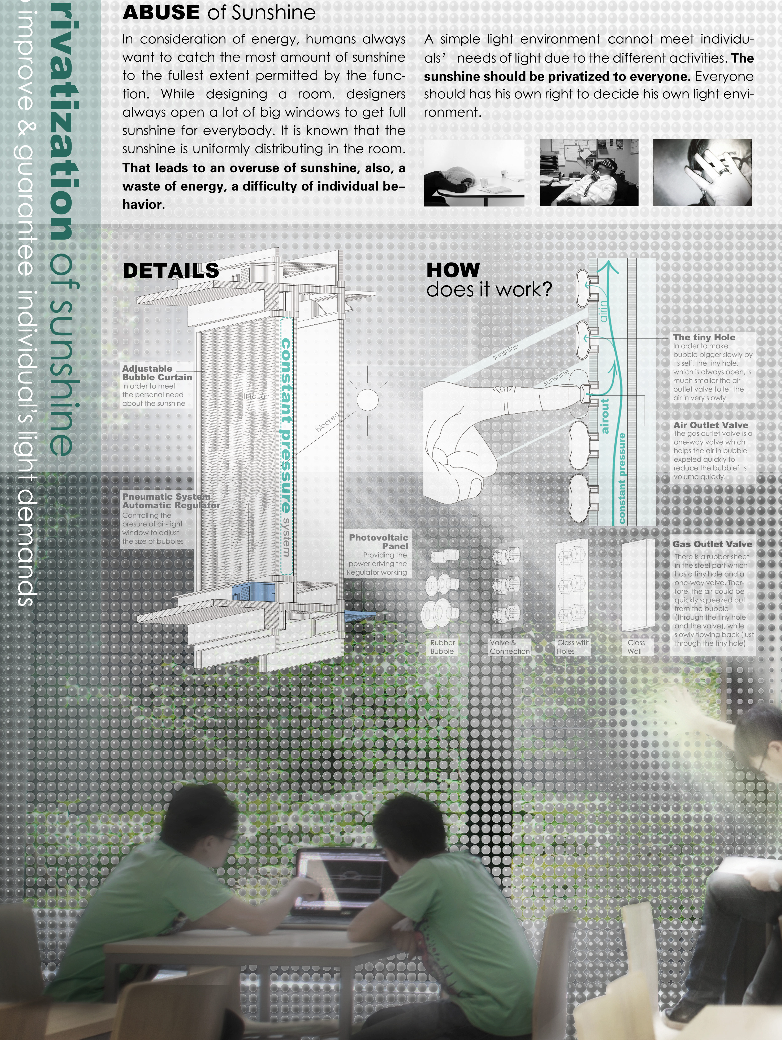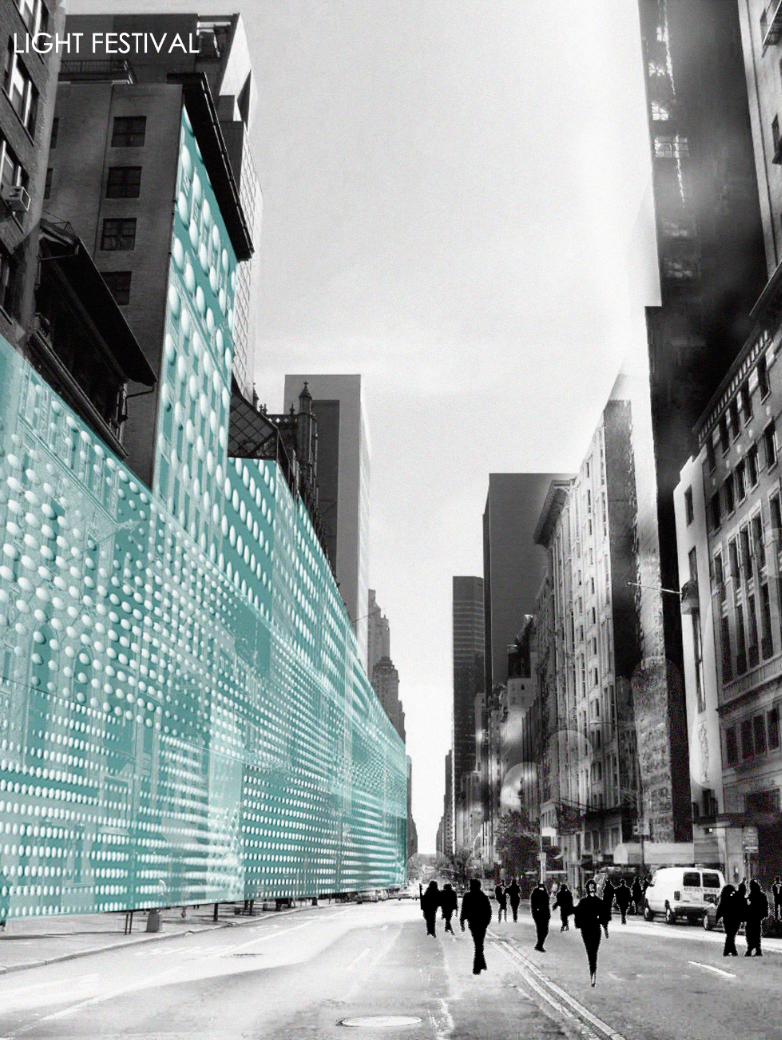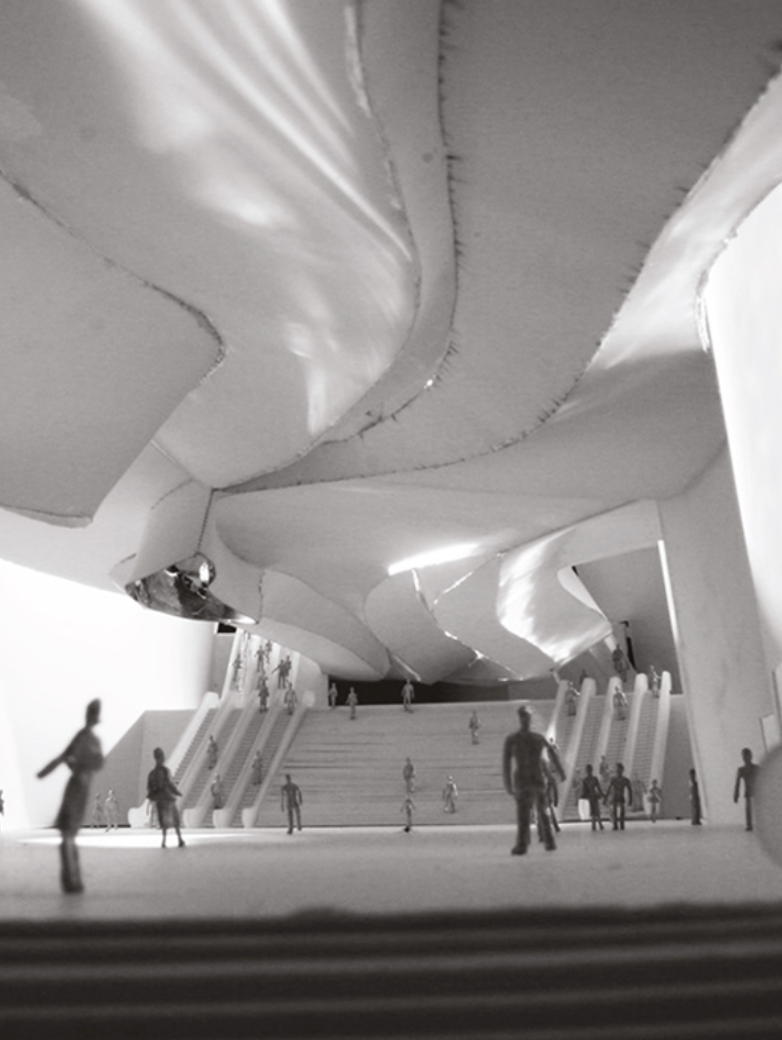2024 - SolarCube

Category
Daylight Investigations - Region 3: The Americas
Students
Pavel Ceballos Hernandez & Enrique Hernandez Pavón
Teacher
Pedro Tex Martínez Cuevas
School
Universidad Central Marta Abreu de Las Villas
Country
Cuba
Download
Download project board
Today’s cities face a growing problem known as the urban heat island. Sealed surfaces, such as asphalt and concrete, absorb and retain heat, creating urban areas that are significantly warmer than surrounding rural areas. This can have serious consequences for human health, thermal comfort, and the environment. To modify the hygrothermal conditions of the urban environment through green spaces, an area of approximately 0.80 ha and a minimum of 50 meters is suggested. Due to the lack of these spaces, the project seeks to take advantage of the small unoccupied plots of land in the city, and create a series of green axes that provide respite in the city center, using principles of the circular economy, plastic reuse, and harnessing light. The focus is on small, empty plots of land in the city to create modular urban catalysts that mitigate the intensity of the heat island and promote environmental sustainability. These urban catalysts are proposed to be made of recycled plastic, promoting efficient waste management. Due to its high albedo level, this material helps reduce air temperature in urban areas by reflecting more sunlight and absorbing less heat. The urban catalysts are strategically placed on the empty plots according to the areas of solar incidence. They serve as multifunctional structures that provide solar protection for buildings and people, and also support various types of plants and vertical crops, functioning as small gardens, encouraging self-sufficiency, and urban agriculture as methods to mitigate the food crisis in the region. These are designed to be flexible and versatile, allowing for easy assembly and disassembly. Once they have been used for their initial purpose of helping reduce the heat island and providing food production, they can be recycled and used in other areas, offering a comprehensive solution to the intertwined problems of the urban heat island, plastic waste, and food production. By harnessing the power of light, reusing materials, and involving the community, the project creates more sustainable and healthier cities for all.
